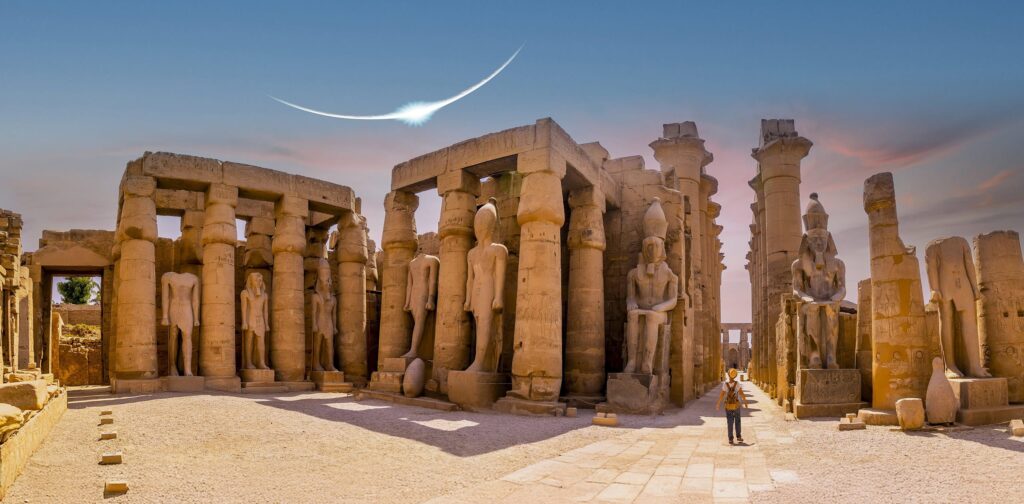
Luxor Temple
Step into History: Luxor Temple with Luna Travelers
Located on the east bank of the Nile in Upper Egypt, Luxor Temple stands as a magnificent tribute to the splendor and sophistication of ancient Egypt. Constructed over centuries by a succession of pharaohs, this temple complex offers a rare and vivid glimpse into a civilization that once ruled the ancient world.
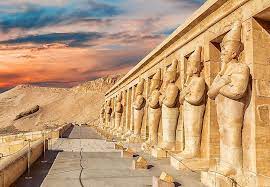
🧭 Tips for Visiting Luxor Temple
- Best Time to Visit: Spring and fall offer the most pleasant weather. Summers (June–August) can be extremely hot.
- Plan Ahead: Set aside at least a full day to explore Luxor Temple and nearby sites.
- Dress Comfortably: Wear supportive footwear, as you’ll be walking extensively.
- Stay Hydrated: Bring water, especially if visiting in warmer months.
- Respect the Site: Dress modestly, keep noise to a minimum, and be mindful of the site’s sacred nature.
- Hire a Local Guide: A knowledgeable guide can provide rich context, historical background, and stories that bring the temple to life.
- Visit at Sunrise or Sunset: The golden light transforms the temple, offering breathtaking views and a more peaceful atmosphere.
🏺 A Symphony of History
More than just stone and sculpture, Luxor Temple is a living chronicle of Egypt’s religious, political, and architectural legacy. Its walls are etched with stories of kings, gods, and rituals that shaped a civilization.
Walking through the temple grounds, you’ll feel transported to a world where pharaohs ruled and divine ceremonies echoed through the halls. Luxor Temple is more than a historical landmark—it’s a gateway into Egypt’s soul.
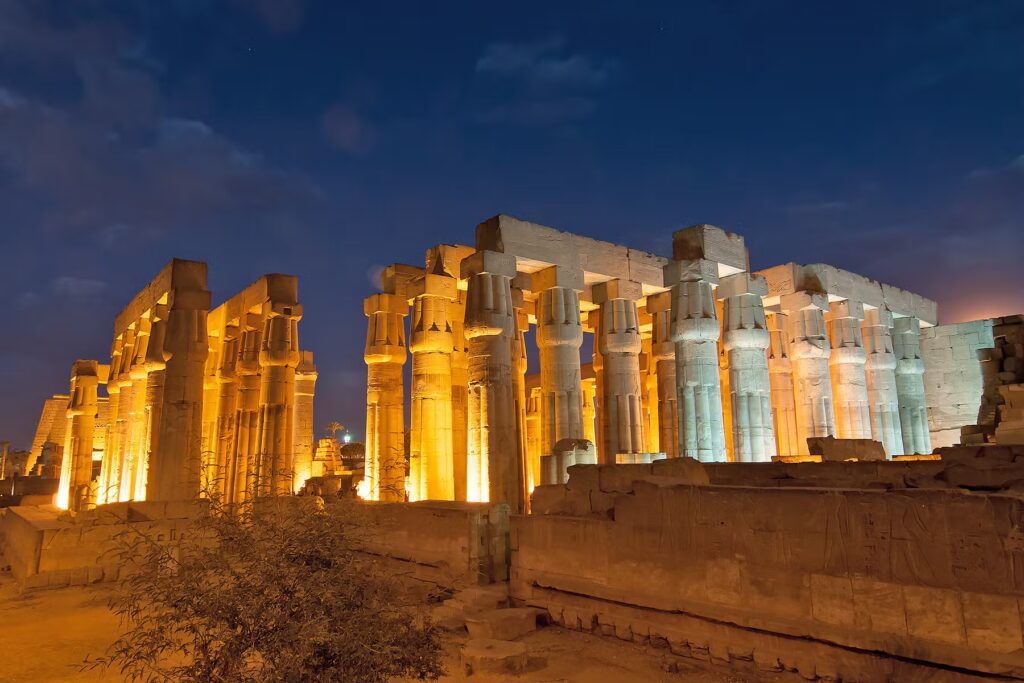
🛶 Begin Your Journey: The Avenue of Sphinxes
Your visit begins with a stroll along the Avenue of Sphinxes—a 2.7 km procession path flanked by majestic ram-headed sphinx statues.
Once used for grand religious festivals, this ancient walkway connects Luxor Temple to the great Karnak Temple, symbolizing the divine journey of the gods.
🏛 Highlights of the Temple Complex
🔸 The First Pylon
A monumental gateway adorned with reliefs of Ramses II’s military triumphs, the First Pylon marks the imposing entrance to the temple, immediately setting the tone for the grandeur within.
🔸 The Hypostyle Hall
Step inside this vast space supported by 134 towering columns, arranged in 16 rows. Their carved surfaces tell stories of rituals, offerings, and divine presence. This was once the sacred heart of temple worship.
🔸 The Court of Amenhotep III
An open-air courtyard where massive statues of Amenhotep III and Queen Tiye once watched over elaborate processions. The symmetry and scale reflect the power and pride of the 18th Dynasty.
🔸 The Chapel of Amenhotep III
Dedicated to Amun, the god of creation and kingship, this chapel features delicate carvings that portray the pharaoh in divine communion, reinforcing the sacred nature of his rule.
🔸 The Temple of Ramses II
A smaller sanctuary within the complex, built by Ramses II. Its vibrant reliefs depict the pharaoh’s victories and divine affiliations, making it a treasure trove of historical narrative.
🔸 The Sacred Lake
A serene body of water representing the primordial waters of creation. It offered a space for purification and ritual and remains a tranquil spot for reflection today.
🔸 The Obelisk of Thutmose I
Standing tall as a symbol of divine power, the obelisk honors Thutmose I and marks the temple’s enduring role in religious and royal life
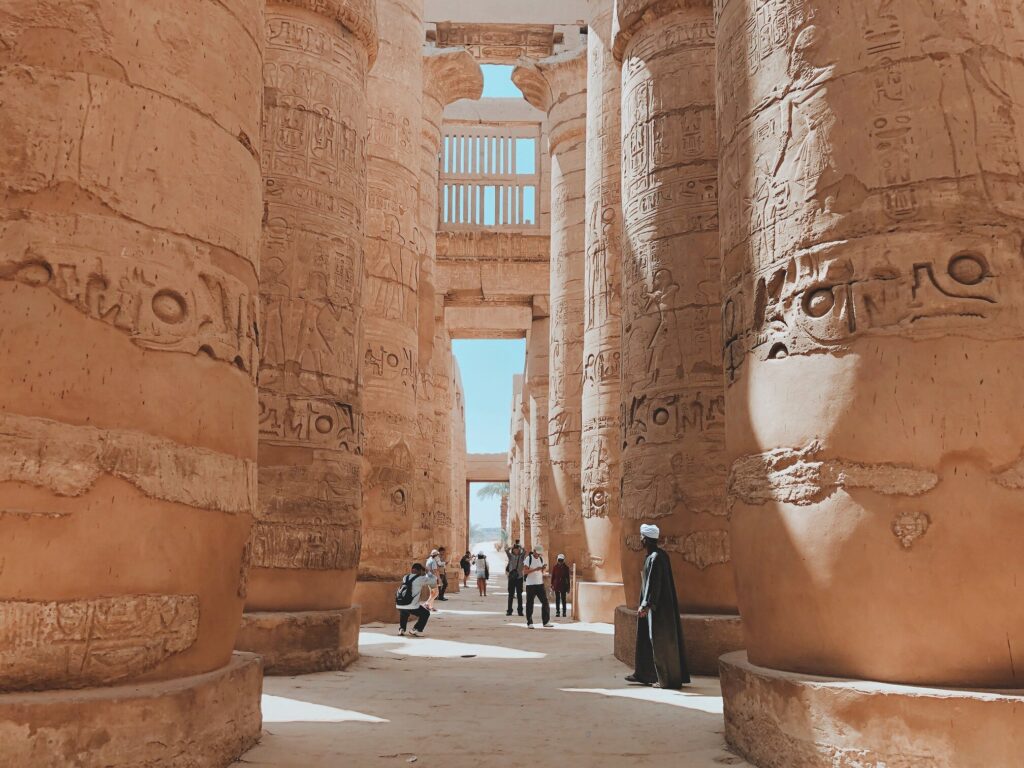
🏛 Beyond the Temple Walls
Luxor Temple isn’t an isolated wonder—it’s part of a larger, rich cultural landscape:
📍 Luxor Museum
Located nearby, the museum houses a curated collection of artifacts, including statues, tools, jewelry, and mummies discovered in and around Luxor. It’s a perfect stop for deepening your understanding of ancient Egyptian life.
📍 Temple of Karnak
Just a short journey away, Karnak Temple is even larger and more complex. It was the primary religious center of Thebes and offers further i
nsight into Egyptian mythology and architecture.
📍 Valley of the Kings & Mummification Museum
Cross to the West Bank to explore the Valley of the Kings, where pharaohs—including Tutankhamun—were laid to rest. Learn about the mummification process, view elaborately painted tombs, and appreciate the artistry that ensured a safe passage to the afterlife.
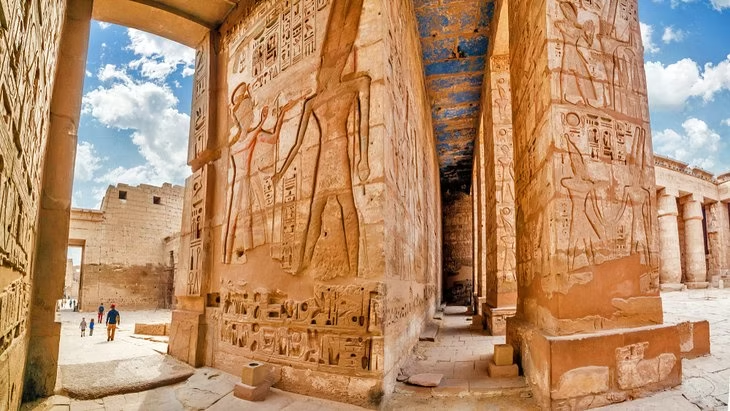
🌟 Myths & Frequently Asked Questions
1. Are there any myths associated with Luxor Temple?
Yes! Luxor Temple is believed to be the site of the Opet Festival, a grand celebrati
on honoring Amun-Ra, where divine statues were paraded between Karnak and Luxor Temples
2. What is the Avenue of Sphinxes?
This majestic avenue connects Luxor and Karnak Temples. Lined with sphinx statues,
it served as a ceremonial route symbolizing divine power and the sun god Ra’s cosmic journey.
3. Can I visit the Hypostyle Hall at night?
While it’s typically open during the day, special evening tours or light shows may be available, offering a magical way to experience the temple under the stars. Check with local tour operators for availability.
🚢 Experience Luxor Temple with Luna Travelers
At Luna Travelers, we believe every journey should be unforgettable. Whether you’re a history enthusiast, a spiritual seeker, or a curious traveler, we offer tailored experiences that connect you to the soul of ancient Egypt.
📍 Reserve your seat today aboard the Ashranda Nebyt Dahabiya and let us guide you on a journey of history, beauty, and timeless wonder.
